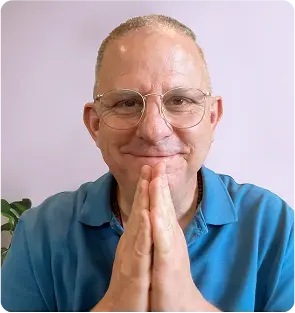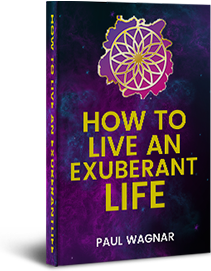
Last updated: July 29, 2025
Karma is not a punishment. It’s not a blessing either. It’s not a system of cosmic tit-for-tat, nor is it the divine version of Santa’s naughty-and-nice list. Karma is memory – raw, undigested memory that shapes the very fabric of your being.
Yes, memory.
Not just your thoughts or what you recall over coffee with a friend – but the invisible scaffolding of your patterns, your trauma loops, your wild instincts, your hesitations, your weird cravings at 2 AM, your broken relationships, and your chronic illnesses. It’s all karma. It’s all memory, rippling through your nervous system, breath, flesh, choices, and soul.
And if you’re serious about spiritual growth and liberation – not just spiritual tourism, but actual freedom – then you must stop trying to be good and start becoming free.
Let’s torch the bullshit and get to the truth.
What Karma Really Is – and Why Most People Get It Wrong
Forget the bland definitions of karma that spiritual influencers regurgitate like fortune cookie proverbs. Karma isn’t just “what goes around comes around” – that’s moralism wrapped in spiritual drag.
Karma is bondage. But not because someone out there is keeping score. It’s because YOU are keeping records – and you don’t even know it.
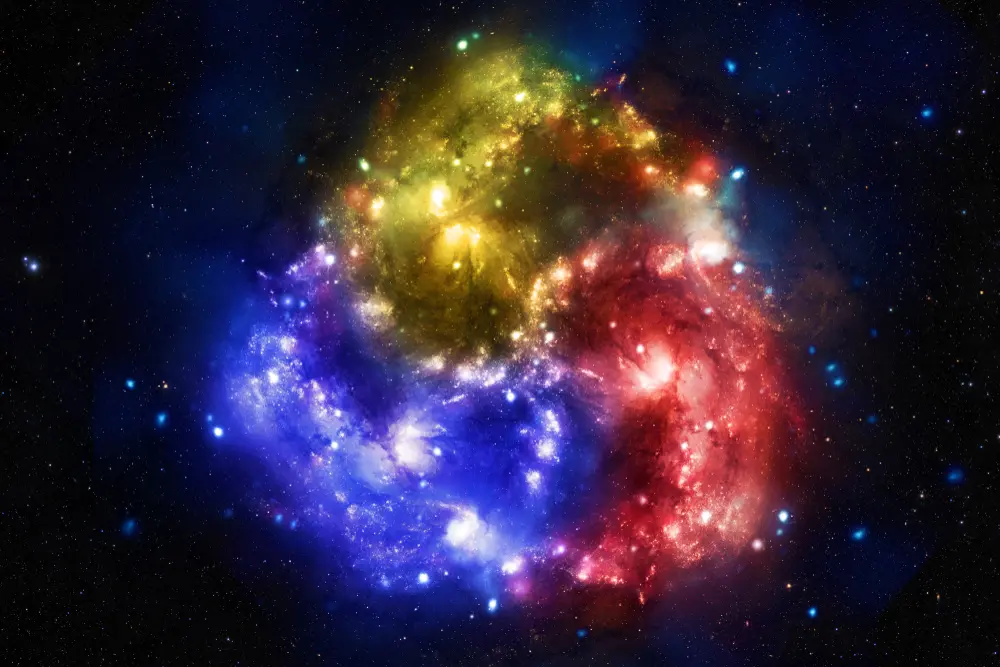
Every thought, every action, every reaction – even the twitch in your jaw when someone disrespects you – leaves an imprint. This imprint becomes part of your system. It’s carried in your tissues, your aura, your mind.
Most of it isn’t from this life. Most of your karma – your unconscious patterning – is inherited, assumed, absorbed, and embedded from lifetimes before this one.
Sadhguru says karma is the “residue of action.” But in Death: An Inside Story, he goes deeper. He calls it “software” that drives your entire system. The body is memory. The mind is memory. Even your longing for spiritual freedom is memory – it’s the echo of something you once knew and lost.
So if karma is memory – and memory is what keeps recreating your reality – then what the hell are you going to do about it?
The Three Types of Karma – and How They Rope You In
To dissolve karma, you need to see how it loops you.
There are three classic types of karma:
- Sanchita Karma – The big fat storage drive. All karma from all lives – like a hard drive full of unconscious bullshit.
- Prarabdha Karma – The current playlist. The part of your stored karma that’s playing out now – your health, relationships, soul contracts, neuroses, opportunities, and limitations.
- Agami Karma (or Kriyamana) – The fresh recordings. The new karma you’re creating now with your choices, words, and responses.
Here’s the kicker – your entire self is a karmic imprint. Your name, your identity, your fears, your sexuality, your preferences – they are all conditioned. None of it is you. It’s all programming. 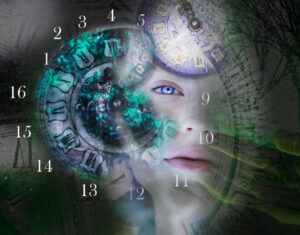
This is the illusion of karmic destiny.
Advaita Vedanta tells you this directly: You are not the body. You are not the mind. You are not the doer. You are the field of awareness within which all of this karmic play is happening.
But as long as you believe you are the actor in this karmic movie, you’re stuck playing it out.
Stop Trying to Fix Your Karma – Start Dissolving the Actor
Most people try to “fix” their karma like they’re repainting a prison cell – but we don’t get out of prison by making it prettier.
The goal is not to tidy up your karma. The goal is to step out of the karmic structure entirely. That is liberation (moksha).
And the only way to do that?
Burn the illusion of being a fixed “self” who owns this karma.
Your identity is the ego’s favorite costume. “I am a healer.” “I am a mother.” “I’m working on myself.” “I need to clear my karma.” All of it – stories within stories. But this is not YOU.
If you are Brahman – the undivided consciousness – then you are already free. But your karma keeps dragging you back into the illusion of separation.
So you need to start remembering your true nature instead of trying to manage your life.
This is not metaphor. It’s not poetry. It’s a brutal, liberating fact.
The Advaita Sword: Cut Through the Illusion, Don’t Decorate It
Advaita Vedanta doesn’t care about your drama. It is the most ferocious path because it does not cradle your pain. It burns it.
Here’s the truth Advaita wants you to swallow:
-
- You are not on a journey.
- You are not evolving.
- You are not here to “learn lessons.”
You are Brahman. Pure, formless, infinite awareness. But you think you are a person in a body with a past and a future – and that thought is your primary karma.
This is what Sadhguru means when he says, “If you sit here without the influence of memory, you’re liberated.” Because karma is memory.
To live without karma is to live without the compulsions of memory.
So what does that mean in real life? You stop reacting. You stop identifying. You watch everything, but you own nothing. Not even your pain.
That’s the sword. That’s how karma is burned – not by purification, but by non-identification.
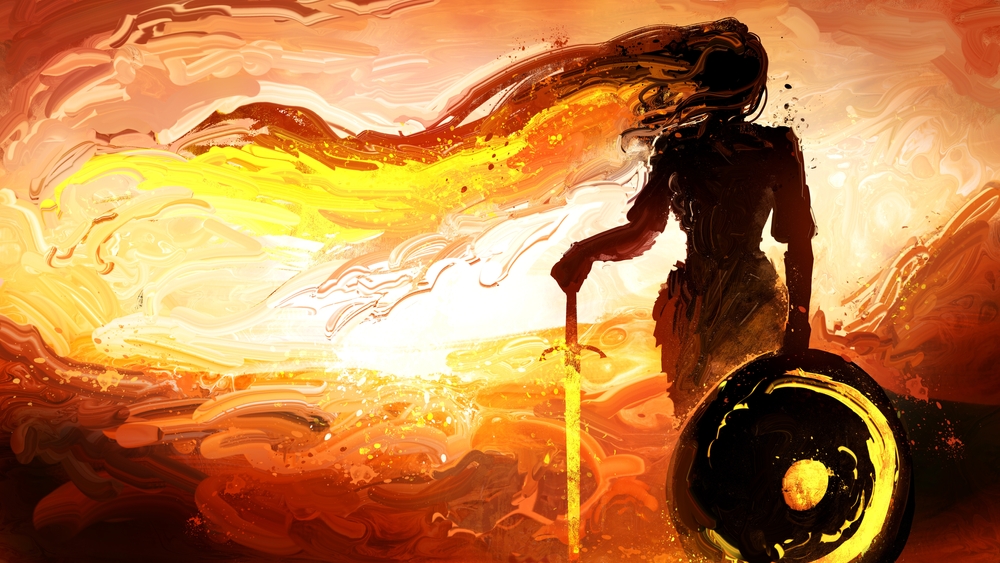
The Buddhist Torch: Burn the Roots with Awareness
Buddhism takes a more methodical approach – it gives you tools for the slow-burn dissolution of karma. And make no mistake, it’s just as ruthless in its wisdom.
The Eightfold Path is not a checklist to be a better person. It’s an architecture of deconstruction.
-
- Right view – See the illusion.
- Right intention – Stop fueling delusion.
- Right action – Starve the drama.
- Right livelihood – Exit the game of harm.
- Right effort – Turn your awareness inward.
- Right mindfulness – Witness everything, own nothing.
- Right concentration – Dissolve into the space beyond thought.
Every time you meditate with awareness, you stop recording new karma. Every time you let go of a grudge without spiritual bypassing, you erase a karmic loop. Every time you breathe through the pain instead of controlling it, you open a door.
Buddha wasn’t giving us dogma. He was giving us exit strategies.
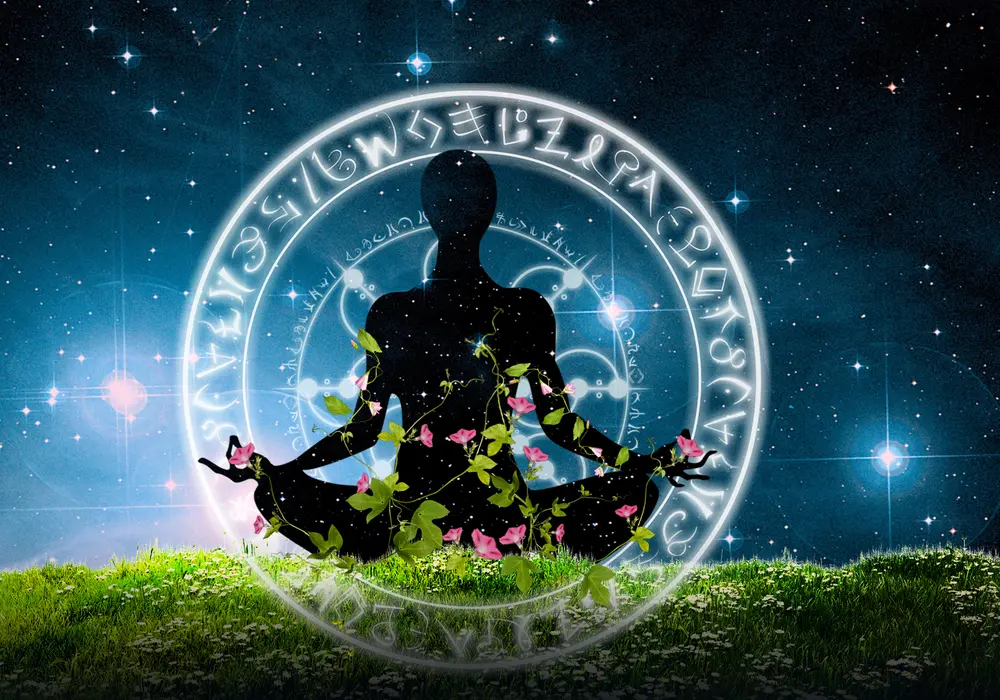
Why the Guru Is a Nuclear Reactor for Karmic Meltdown
Without grace, you will drown in your karma. Sorry. It’s true.
There’s a reason all traditions point to the guru – the real guru – not the Instagram messiah. A true guru is a karmic black hole. Their presence alone burns through your stored garbage. Why? Because they are not operating from memory.
You’re trying to undo karma while still being a person. The guru has ceased being a person. They’re functioning as consciousness itself. When you get close enough, their frequency torches your backlog.
But that only happens if you drop your drama and get real. Devotion is not submission. It’s dissolving your resistance to being loved and burned alive by Truth.
This is why Sadhguru says devotion is the most intelligent way to live. You give up the small you, and let the fire of grace reshape your being.
How to Actually Stop Karma – The Real Steps (Not the Bullshit)
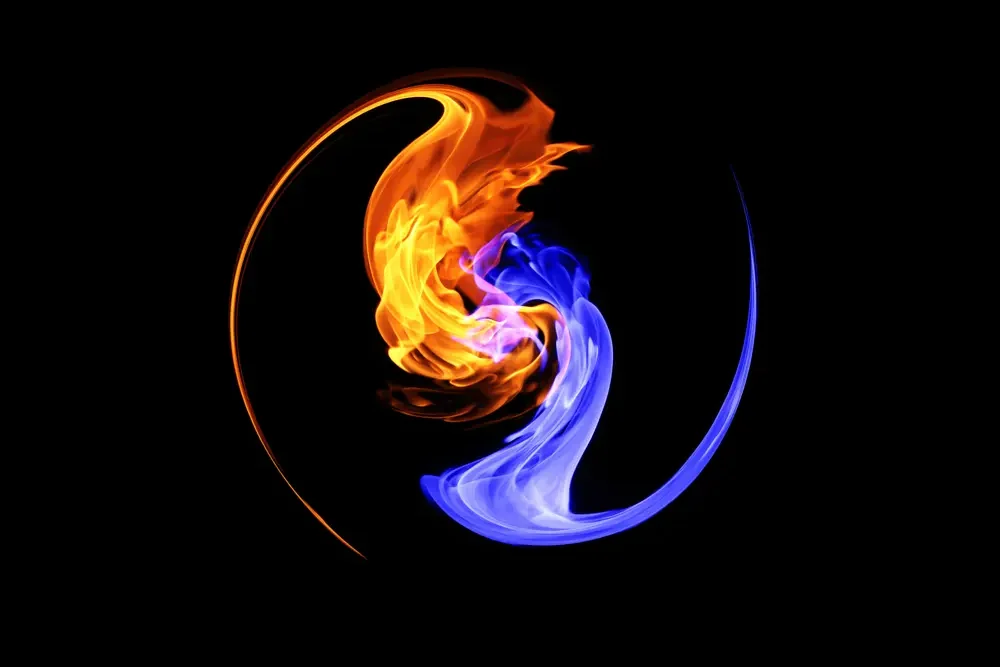
Let’s get real. Here are the ways to actually stop karma in your life:
1. Dissolve Identity
Stop reinforcing stories. Every “I am” is a chain. You can use them for play – but don’t believe them. Don’t attach to “I am hurt.” Don’t cling to “I need to be seen.” Identity is the stick stirring the karmic pot.
2. Wake Up the Witness
Become ruthless in watching your reactions. Watch your triggers, not from judgment – but from awe. See how memory takes over. Feel how deeply you’ve been programmed. Awareness is the solvent.
3. Let Emotions Flow – Without Labels
Do not bottle. Do not explain. Cry. Scream. Shake. But don’t narrate. Emotional energy is karmic momentum. Releasing it without retelling the story is alchemy.
4. Practice Stillness Daily
Whether it’s breath, mantra, or silence – you must sit in stillness. Daily. No excuses. In stillness, you stop recording karma. You begin unraveling the identity that built the knots in the first place.
5. Surrender to Grace
Invite the guru. The divine. The unknown. Let something greater than you enter. Karma ends where mystery begins. Surrender is not giving up – it’s getting out of the way.
Why It Gets Worse Before It Gets Better
You will feel like you’re dying. Good. That means it’s working.
When karma burns, it doesn’t go quietly. The moment you get intentional – the moment you say, “I want to be free,” the karmic files start crashing down.
You lose jobs. Lovers ghost you. Your body freaks out. Your plans collapse.
This is grace. It’s called karmic acceleration. The universe is honoring your request by clearing the decks. And no, it’s not easy.
But if you sit in the fire – if you don’t run back to comfort – you’ll emerge free.
Karma dies when your attachment to meaning dies.
It’s Not About Being a “Good Person” – It’s About Being Free
Karma doesn’t care if you’re polite. It doesn’t care if you meditate while lying to yourself. It doesn’t care if you recycle and say Namaste.
Karma is watching where you act from. Are you moving from memory or awareness?
Are you choosing from fear or truth?
Are you living to avoid pain or to open into the mystery?
You want transformation? You want liberation?
Then stop managing your karma like a frightened accountant – and walk straight into the center of it with fire in your eyes.
The Final Truth: You Are Not Your Karma
You are not broken.
You are not healing.
You are not your history.
You are the one who watches it all.
You are Shiva – the destroyer of form.
You are the silence that existed before karma began.
And that silence is your liberation.
Right now – not someday, not in a future life – but now. If you can drop the act, the narrative, the attachments, and the righteousness… even for a moment… you will taste the freedom that all the sages wept over.
Don’t chase karma.
Burn it.
Stand still.
Let the fire come.
If you want guidance and support on your journey from someone who will help you rise into truth, book a private intuitive reading with me. You’ll receive unfiltered truth to guide you toward your healing and liberation.
Q&A: Your Karma-Busting Questions Answered
Q1: What exactly is karma according to Advaita Vedanta and Sadhguru’s teachings?
Karma is not a cosmic reward system. It’s memory. It’s the residue of past actions, thoughts, and emotions that have formed your current body, mind, reactions, and identity. In Advaita, karma is part of maya – illusion. You are not your karma – you are the witness behind it. Sadhguru teaches that liberation begins the moment you stop being ruled by this memory and become aware of it.
Q2: What are the three types of karma
- Sanchita Karma – The total stored karma from all past lives – your karmic bank vault.
- Prarabdha Karma – The part of that karma currently “activated” and playing out in this life.
- Agami (or Kriyamana) Karma – The fresh karma you’re creating right now through your present actions, intentions, and thoughts.
Q3: Can I actually stop or dissolve karma? Or is that just a myth?
Yes – you absolutely can dissolve karma, but not by “doing good deeds” alone. Karma is stopped through deep awareness, disidentification from the ego-self, and liberation from compulsive reaction. Stillness, meditation, surrender, and devotion to the truth burn karma at its roots. The ego accumulates; the Self witnesses and releases.
Q4: How does Buddhism help dissolve karma?
Through the Noble Eightfold Path: right view, right intention, right speech, right action, and so on. Buddhist mindfulness makes you aware of your patterns, reactions, and choices – moment to moment – so you stop accumulating new karma. Every breath taken in full presence is a breath that breaks the karmic loop.
Q5: What spiritual practices actually help with karmic release?
-
- Meditation – Witnessing the mind without reacting.
- Self-inquiry (Jnana Yoga) – Asking “Who am I?” until the false self falls away.
- Surrender to a Guru or Divine Presence – Let grace incinerate what effort cannot.
- Emotional release without story – Feel fully, without recycling the narrative.
- Devotion (Bhakti Yoga) – Melts identity, softens resistance, opens the heart to dissolve karma at its roots.
Q6: Why does it sometimes get harder after I start a spiritual path?
Because you’ve activated karmic acceleration. By seeking liberation, you’ve signed up to burn karma in high gear. Expect losses, breakdowns, confusion – and then clarity, rebirth, and transcendence. This is not punishment. It’s a sacred fast-track to freedom.
Q7: So is being a “good person” not enough?
Being kind is beautiful – but it won’t dissolve karma on its own. Many “good” people stay trapped in karmic patterns because they never question their identity or wake up from their attachments. Freedom isn’t found in moral behavior. It’s found in pure awareness beyond identity.


